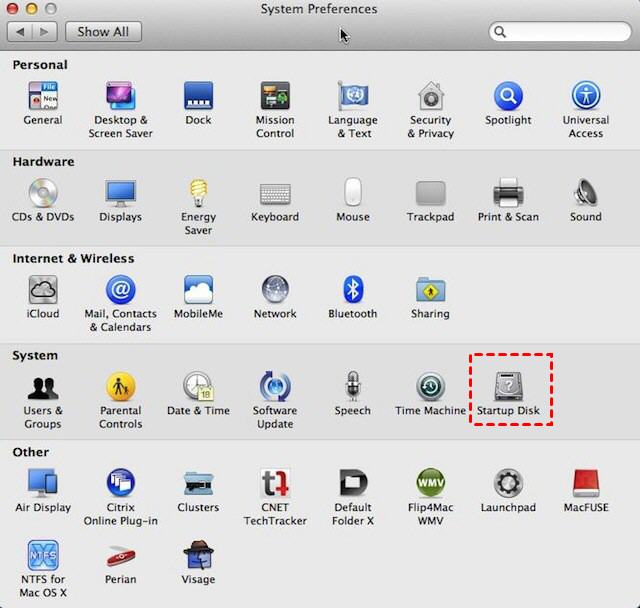

- Windows external hard drive on mac portable#
- Windows external hard drive on mac Pc#
- Windows external hard drive on mac mac#
- Windows external hard drive on mac windows#


Click the Go menu, select Utilities from the drop-down menu, and open Disk Utility.If you already have data stored on the drive, back that data up elsewhere, reformat the drive, and then put your data back on the drive. Reformatting deletes all data stored on the drive, so if you know you’ll need to reformat a drive, do so as soon as you buy it. Now that you’ve figured out the differences, it’s time to reformat your hard drive.
Windows external hard drive on mac windows#
It’s possible, but tricky, to change the size of a partition later on in Windows and macOS we recommend backing up the data on your drive before attempting the task, since it’s possible to wipe your drive doing this. Make sure to leave plenty of room for future backups on both partitions. Now your computer will see your single physical drive as multiple, smaller drives.
Windows external hard drive on mac Pc#
First, partition the drive using Disk Utility in macOS and (using our walk-through below) format one part as HFS+ and the other as FAT32 then, plug the drive into your Windows PC and reformat the FAT32 portion as NTFS.
If you want to use a single external hard drive for both File History and Time Machine backups, you can partition it so that some of the drive is NTFS and the remainder is HFS+. Unfortunately, FAT32 isn’t any good for storing movies and other large files, as it has a size limit of 4 GB per file, so your files have to be small. FAT32 was introduced in Windows 95 in 1997, but it remains useful because nearly every system can work with it. FAT32 (File Allocation Table 32) is an older file system that both Windows machines and Macs still support. exFAT works on both macOS and Windows, and it doesn’t have the 4 GB file-size limit that FAT32 does, so you’ll be able to back up movies and other large files. Windows external hard drive on mac mac#
If you need to transfer files between Mac and Windows computers, exFAT (extended File Allocation Table) is the best option, although it doesn’t work with File History or Time Machine. If you’re using an SSD, there is a newer format called APFS (Apple File System), which is intended for built-in drives and external SSDs for newer Macs. (Check the product listing to confirm the drive will be labeled as an HDD or SSD.) If you plan to use an external hard drive (HDD), which costs less than an external solid-state drive (SSD) for more storage capacity but has the downside of slower transfer times and a far less durable design, you should use HFS+ (Hierarchical File System Plus, also called macOS Extended Journaled). Typically, if an external drive is physically larger than a deck or cards or has more than 2 TB of storage, it’s an HDD. macOS and Linux computers, however, can only read files stored on such a drive they cannot write to an NTFS-formatted drive. NTFS is native to Windows, and most hard drives are preformatted for this file system. If you plan to use your drive for File History backups on a Windows computer, and you use only Windows, stick to NTFS (New Technology File System). So how do those five file systems differ, and which one is right for you? Non-Linux computers can use five main file systems: NTFS, HFS+, APFS, exFAT, and FAT32. If you use a Mac, the likelihood that you’ll have to reformat the drive is higher. But if you buy a drive secondhand or if you plan to switch between operating systems, you may still need to reformat it for use on Windows. Windows external hard drive on mac portable#
If you buy an external drive-such as one of our recommended portable or desktop hard drives, portable solid-state drives, or USB 3.0 flash drives-you may need to reformat it to work with your operating system of choice, since different operating systems use different file systems to process data.Īlthough it’s true that any drive is compatible with both Windows and macOS once it’s formatted properly, most drives come preformatted for Windows out of the box.







 0 kommentar(er)
0 kommentar(er)
